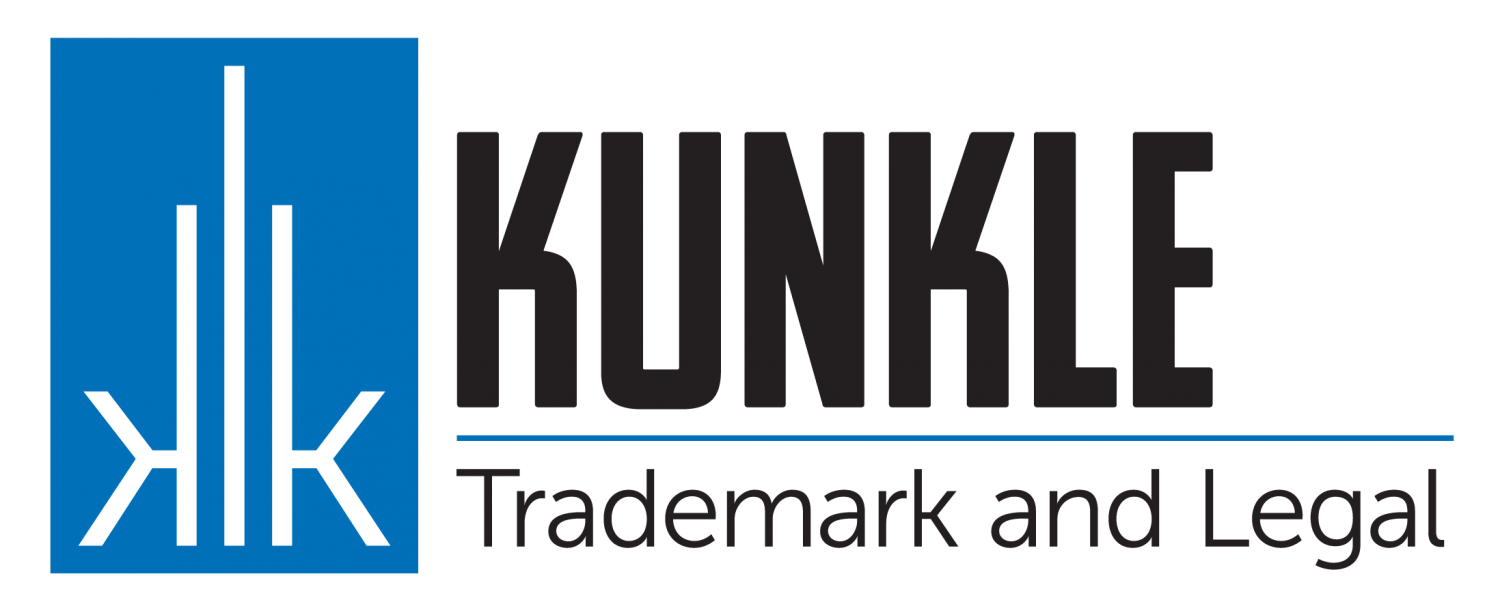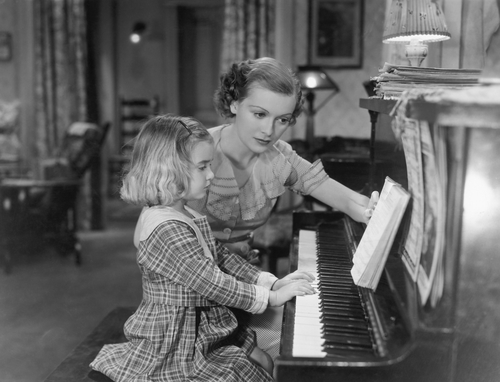
Trademark Application Timeline
How long does the trademark application process take?
Answer:
While there is no absolute answer - for most applications the trademark application process takes between 8-12 months and can be broken into several stages - each with its own variables.
Step One - Trademark Clearance:
The first step is the one before you file the trademark application. Prior to filings any trademark application, you should take time to review prior registrations that might block your application from being accepted. This can be done by you or by a trademark lawyer. When working with an attorney, this involves discussing the mark and your business, and it typically takes between 1-7 days depending on the type of trademark screening you decide to have done and the attorney's workload.
Step Two - Preparation of Application:
Assuming your trademark is cleared, an application is prepared based on the information you provide, and if working with a trademark attorney, the analysis of the lawyer. You can count on 2-3 days for this...



